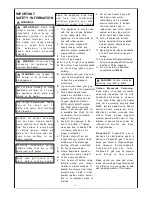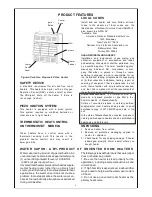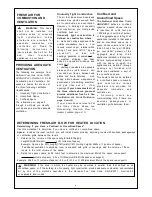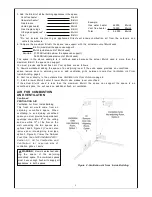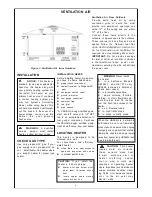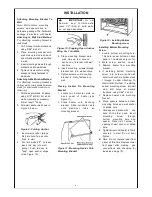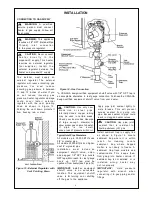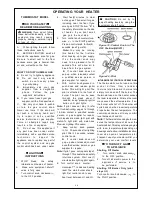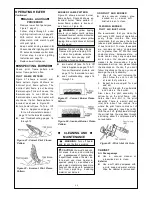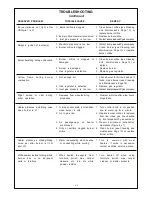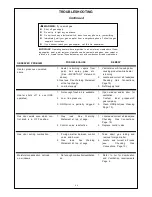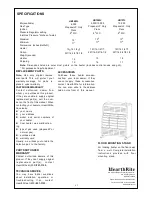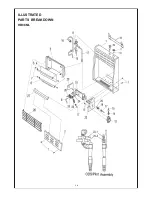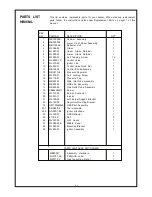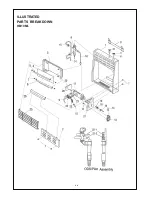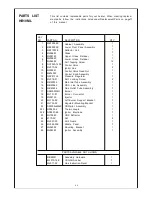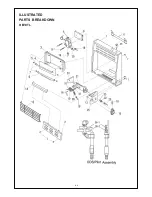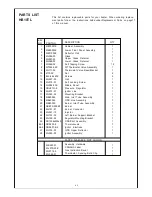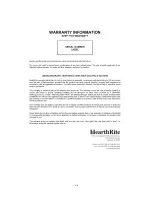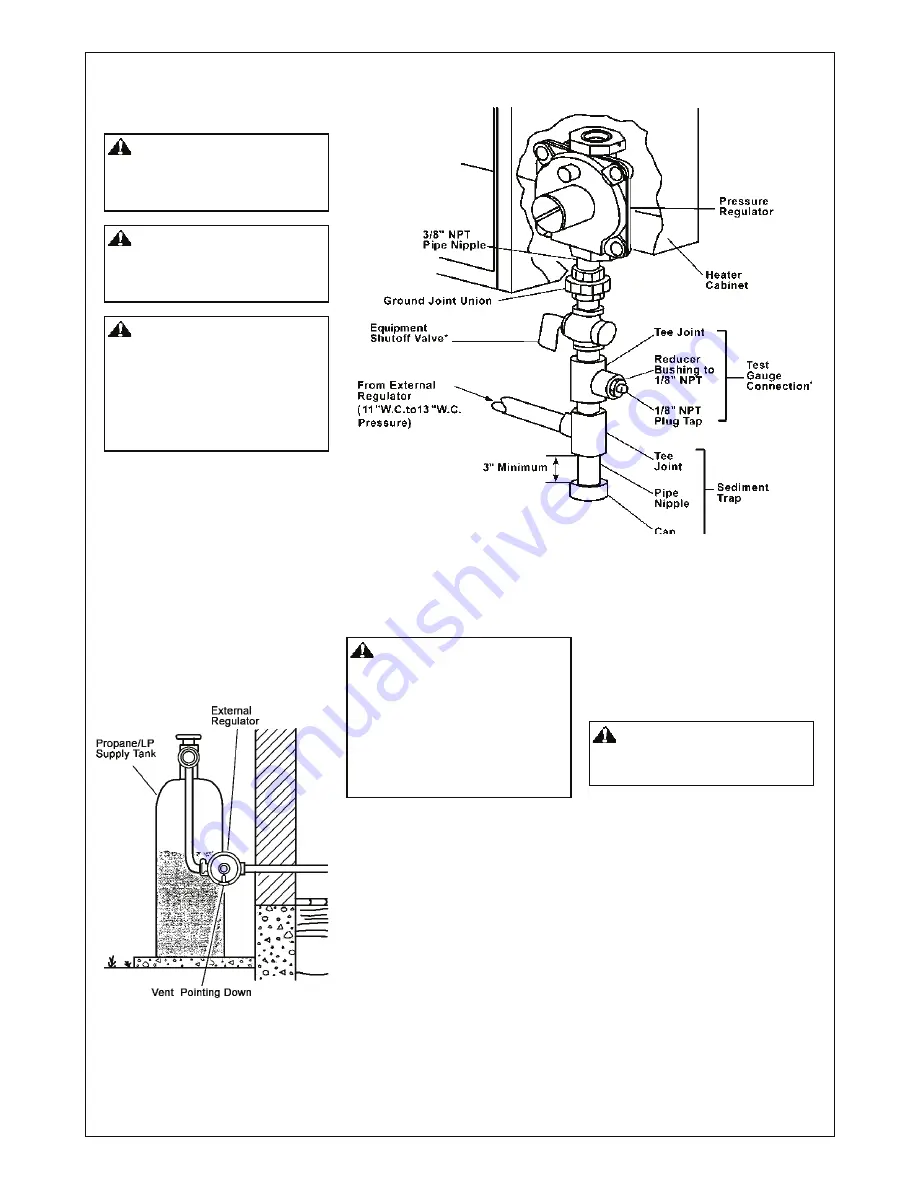
9
INSTALLATION
CONNECTING TO GAS SUPPLY
WARNING:
A qualified
service person must connect
heater to gas supply. Follow all
local codes.
WARNING:
This appliance
requires a 3/8
"
NPT (National Pipe
T h r e a d ) i n l e t c o n n e c t i o n
to the pressure regulator.
CAUTION:
Never connect
h e a t e r d i r e c t l y t o t h e
propane/LP supply. This heater
requires an external regulator
( n o t s u p p l i e d ) . I n s t a l l t h e
external regulator between the
heater and propane/LP supply.
*A CSA/AGA design-certified equipment shutoff valve with 1/8
"
NPT tap is
an acceptable alternative to test gauge connection. Purchase the CSA/AGA
design-certified equipment shutoff valve from your dealer.
IMPORTANT:
Install an equipment
shutoff valve in an accessible
location. The equipment shutoff
valve is for turning on or shutting
off the gas to the appliance.
I
nstall sediment trap in supply line
as shown in Figure 14. Locate
sediment trap where it is within
r e a c h f o r c l e a n i n g . L o c a t e
sediment trap where trapped
matter is not likely to freeze. A
sediment trap traps moisture and
contaminants. This keeps them
from going into heater controls. If
sediment trap is not installed or is
installed wrong, heater may
not run properly.
IMPORTANT:
Hold pressure
r e g u l a t o r w i t h w r e n c h w h e n
connecting it to gas piping and/or
fittings.
CAUTION:
Use pipe joint
sealant that is resistant to
liquid petroleum (LP) gas.
Figure 14 -Gas Connection
The installer must supply an
external regulator. The external
regulator will reduce incoming gas
p r e s s u r e . Yo u m u s t r e d u c e
incoming gas pressure to between
11 and 13 inches of water. If you
do not reduce incoming gas
pressure, heater regulator damage
c o u l d o c c u r . I n s t a l l e x t e r n a l
regulator with the vent pointing
down as shown in Figure 13.
Pointing the vent down protects it
from freezing rain or sleet.
Figure 13 - External Regulator with
Vent Pointing Down
CAUTION:
Use only new,
b l a c k i r o n o r s t e e l p i p e .
Internally-tinned copper tubing
may be used in certain areas.
Check your local codes. Use pipe
of large enough diameter to
allow proper gas volume to heater.
I f p i p e i s t o o s m a l l ,
undue loss of pressure will occur.
Typical Inlet Pipe Diameters
All models up to 20,000 BTU’s use
3/8’’ or greater pipe;
All models 25,000 BTU’s and higher,
use 1/2” or greater pipe.
Installation must include an
equipment shutoff valve, union,
and plugged 1/8
"
NPT tap. Locate
NPT tap within reach for test gauge
hook up. NPT tap must be
upstream from heater (see Figure 14).
Apply pipe joint sealant lightly to
male threads. This will prevent
excess sealant from going into
pipe. Excess sealant in pipe could
result in clogged heater valves.
Summary of Contents for HB06ML-1
Page 18: ...1 8 ILLUSTRATED PARTS BREAKDOWN HB06ML ...
Page 20: ...2 0 ILLUSTRATED PARTS BREAKDOWN HB10ML ...
Page 22: ...2 2 ILLUSTRATED PARTS BREAKDOWN HB10TL ...
Page 24: ...2 4 ...


